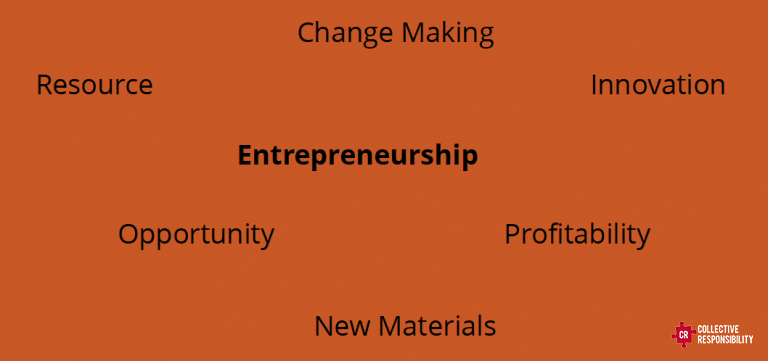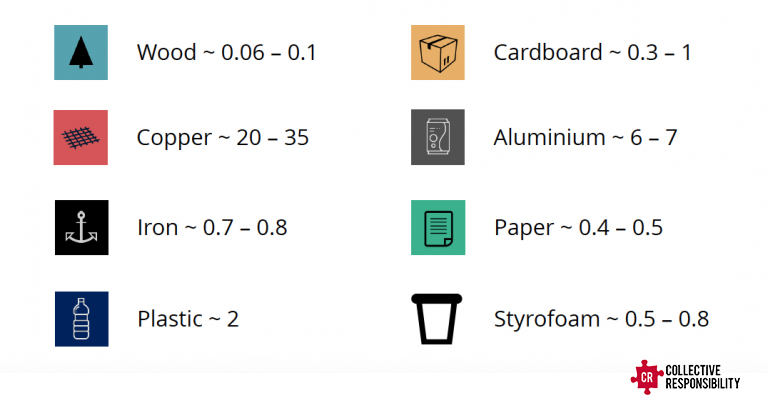Smelly. Useless. Truck. Bin Man. Trash. Annoying.
These are all words that popped into people’s heads when asked what they first thought upon hearing the word “waste.” A quick Google search reveals other phrases like “worthless,” “no purpose,” “no longer useful or required,” “the unusable remains.”
While I don’t deny the legitimacy of the definition, it is striking to me how many items and products are described as “waste” when they are by no means “worthless,” have “no purpose,” or are “without value.” Is a plastic bottle or a used coke can waste? It certainly would have been considered this 20-30 years ago, but with greater consumer engagement and the modern recycling techniques we have today, whole industries have been built around reprocessing and extracting the value of refuse.
Therefore, branding these resources with terms like“waste” that carry such a negative connotation seems counterintuitive and unproductive in light of our society’s efforts to make waste systems more circular, reduce externalities, and drive collection efficiency.
So instead, what sort of words should be triggered when discussing waste?
For me, words such as innovation, opportunity, resource, profitability, change-making, and entrepreneurship are far more appropriate ways to describe the majority of our “waste” streams. There are, of course, certain materials that simply cannot be used once expended, such as medical waste, nuclear waste, etc. But for many of the materials consumed and tossed out in our cities, much value can be extracted if the opportunity is found for their safe, efficient collection and reprocessing.
Just like anything else in our consumer society, it’s all about branding. Or in this case?
Rebranding

Living in Shanghai, one is surrounded by individuals that do recognize and see intrinsic value in the waste stream. A market mechanism drives informal entrepreneurs to collect waste and sell it along with a value chain all the way to reprocessing. Value is extracted at each transaction point, and a city-wide economy has been built with each actor a thriving and opportunistic entrepreneur in their own right. They are perfect examples of individuals not viewing “waste” as useless, but rebranding it as an opportunity to generate wealth and make a livelihood.

This is opportunity should be acknowledged and accessed by individuals in systems all over the world. I accept that regulations can limit the ability of some countries to accomplish what China can, but there are many individuals doing exactly this: living more sustainably and remaining cognizant of the role waste can play in their lifestyles.
This change in attitude, however, goes hand in hand with a rebranding of “waste.” For many who are not interested in the sector, “waste” still remains a worthless part of life from which no value can be extracted, and so much of this is the result of the definition given to it.
Waste is a resource
And this paradigm shift is beginning to span the globe, but more effort is needed to further rebranding “waste” as the great opportunity that it is if we are going to accelerate the transition towards a stronger circular economy.
In case you missed Green Initiatives’ Zero Waste Forum last week, embedded below is the SlideShare from our Rebranding Waste presentation, introducing the visual components for the work and research we are currently doing to unveil the mysteries of China’s waste management system.
You can find Collective’s latest content on the topics of waste, food waste, recycling, and e-waste on our Waste Landing Page. Follow us on social media to receive updates on our latest articles, reports, and engagements – including our upcoming on-the-ground analysis on Waste in China!
Featured Image Credit: Collective Responsibility
